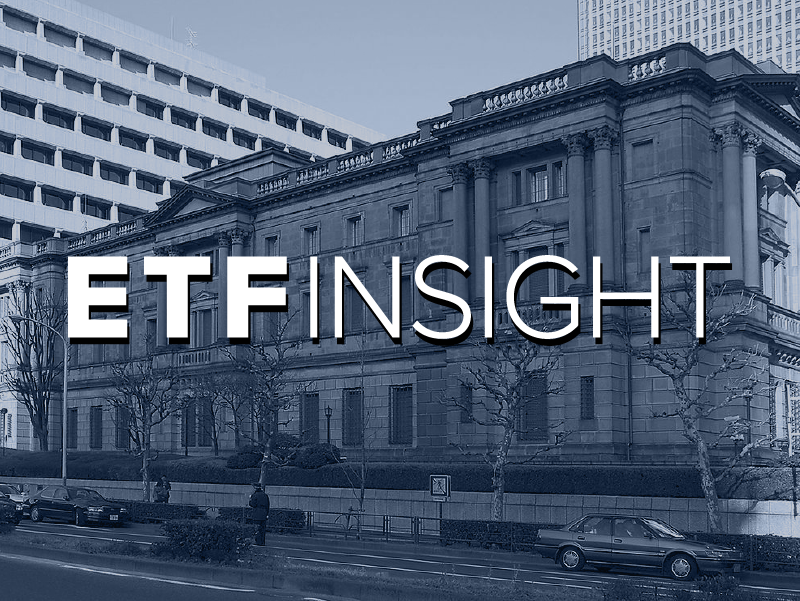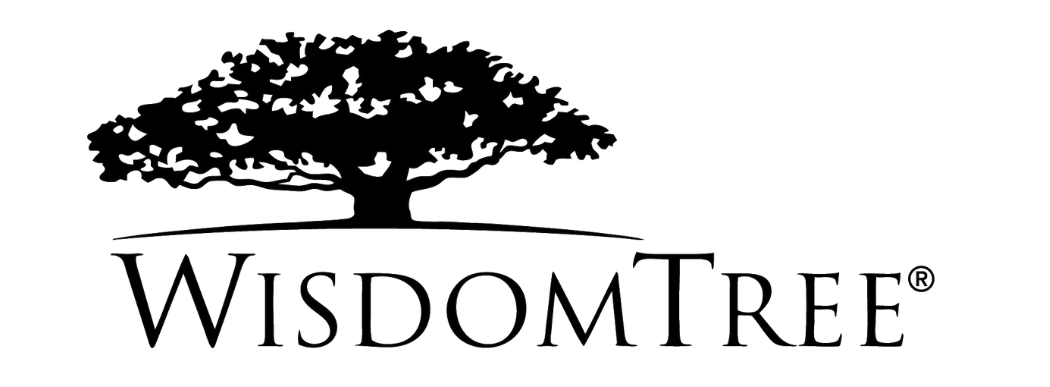Japan may be the land of the rising sun but in financial circles it is perhaps best-known as the land of unending QE.
Unconventional monetary policies in Japan have gone way beyond just interest rates and government bonds and since 2013 have extended into the area of central bank buying of equities.
Specifically, the Bank of Japan (BoJ) took the somewhat unusual approach of buying ETFs. As Jesper Koll, advisor to ETF issuer WisdomTree and an expert on Japan with some four decades of experience, says, “the BoJ made ETFs a part of their bazooka” by extending liquidity measures.
“The move helped spur liquidity and at the same time it created legitimacy for ETFs in Japan,” he tells ETF Stream. “The BoJ made ETFs credible; for all intents and purposes, they were not an established product at the time.”
So good news for providers of ETFs in the Japanese market? Well, unfortunately not quite – and possible not ever if the BoJ does not manage to find a way to unwind its position in an orderly fashion. And that is by no means a certainty.
How did we get here?
In the seven years since the BoJ embarked upon is own QE programme or ultra-easy monetary regime, the holdings have now reached phenomenal level. According to the BoJ funds flow report for Q3 2019, the bank now owns some 8% of the entire Japanese equity market, mostly through the current ETF-buying programme.
The latest data suggests the bank bought JPY4.37trn ($39bn) of ETFs in 2019. However, this actually represents something of a scaling back of the official target of JPY6trn for 2019. The JPY1.6trn shortfall suggests, in some quarters, that the BoJ is already in the process of hoping to trim its holdings by stealth.
But the problem of the over-extension of the BoJ is even more acute in the ETF space, according to Koll. He estimates that via the official buying programme, the bank now controls circa 75% of the entire Japanese ETF market. As he understatedly puts it, “it has not been very successful in democratising finance”.
In fact, as Koll says such is the dominance of the BoJ in the Japanese ETF market that the only funds that have proven to be a success are the ones that the bank buys which is the domestic index funds following the Nikkei 225 and more latterly the JPX-Nikkei 400.
In response to this market dominance, the BoJ has introduced a lending facility last December as part of a measure of continued monetary easing along with the establishment of a set of “special” rules for ETF lending.
Koll says the sheer weight of BoJ involvement is off-putting for others who might wish to get involved in the market. “When I go around the world, (the size of the BoJ’s holdings is) the single biggest push back about Japan from asset allocators,” he says. “This is the flow in the market.”
So how can the BoJ extricate itself from the ETF market without crashing the stock market? As it stands, the market has become as hooked as any addict. As soon as there is a dip in the stock market of more than 0.5%, in steps the BoJ to prop it up via the medium of ETF purchases.
The recent slackening off in ETF buying might be an attempt to end this cycle of dependency, but it does nothing about the huge ETF overhang already built up.
“It was not the wrong choice,” Koll says. “Remember Japan was in a complete crisis. There was an incompetent government before [Prime Minister Shinzo] Abe and Japan were sinking into another generation of deflationary rot.
“So it was absolutely the right decision to pull out all the stops but the problem is you have to stop the minute you are out of the emergency room.”
“The irony is it was the right decision to send the right signal,” he continues. “But in hindsight they should have stopped it when, maybe, the economy started moving. It would have been easier to get out if they had stopped the buying earlier.”
The People’s ETF
Koll does, however, have a plan. The only way out of the fix, he argues, is to encourage the Japanese public to more fully embrace ETFs, an aim which he says can be achieved via the incentive of making any purchase of these ETFs free from inheritance tax.
But persuading Mr & Mrs Watenabe to swap their bank deposits for ETFs will be take some selling, as Koll admits. He says that Japan has a “distribution problem”.
“Fees are still in excess of 250 basis points and the age structure of Japan means people are hooked into the old distribution system which is very expensive.”
“That has to change and that is a bigger issue for Japan,” he adds. “The regulator has been trying to put more pressure on the brokerage house and the advisers to lower their fees, but they are not draconian enough to bring about that revolution.”
Investor squeamishness is not the only hurdle though. As Koll points, out, while “some people in the BoJ quite like” his plan, others are not so sure including, notably, the tax authorities. “We are still a long way away from a realistic discussion about the plan,” he adds.
Yet, if Japan is to manage the transition to a more fully functioning and democratised ETF market it is clearly going to have to do more to convince domestic investors to take up the slack. The only question, really, is when.
ETF Insight is a series brought to you by ETF Stream. Each week, we shine a light on the key issues from across the ETF industry, analysing and interpreting the latest trends in the space. For last week’s insight, click here.




